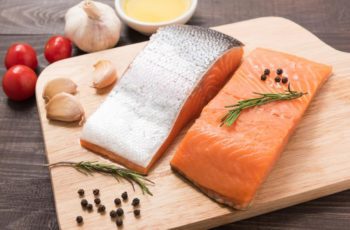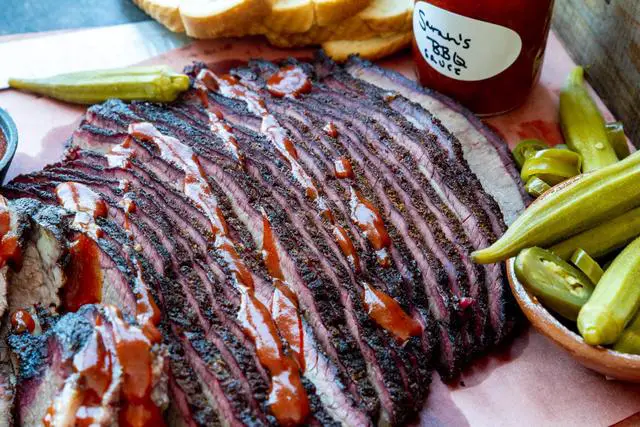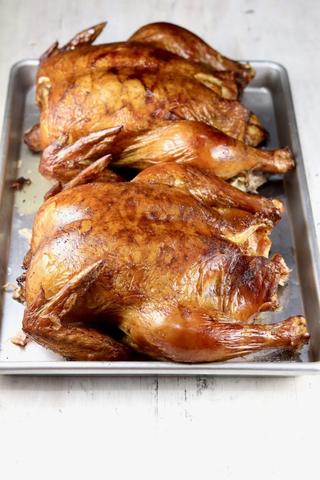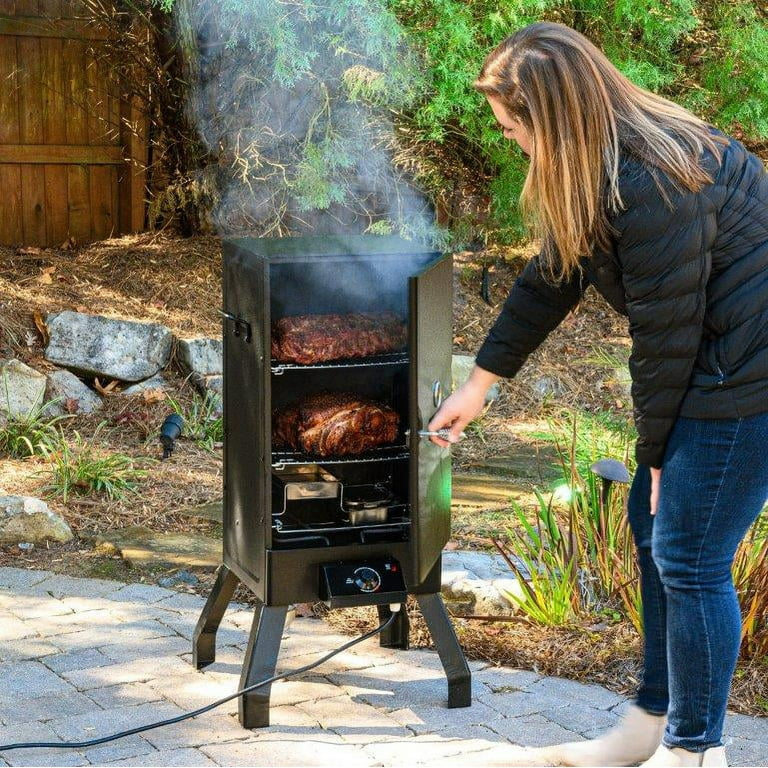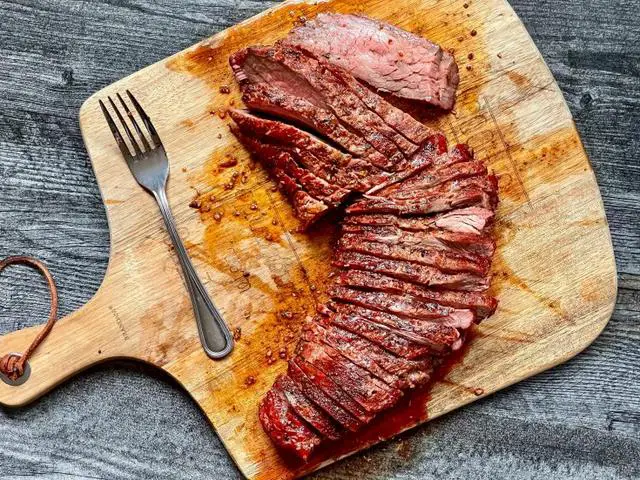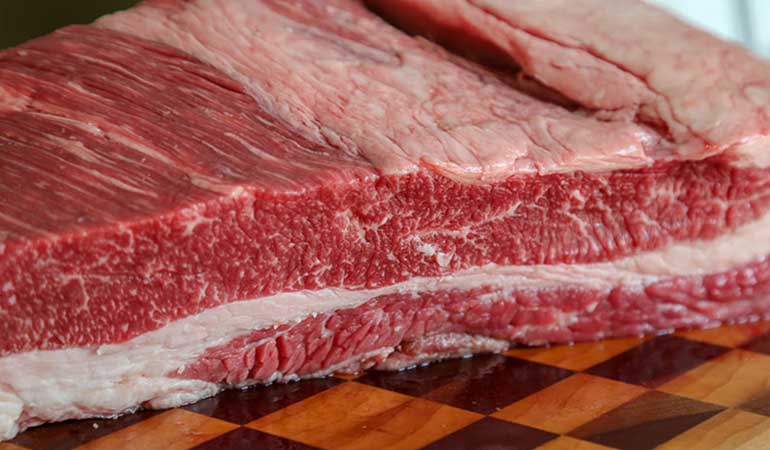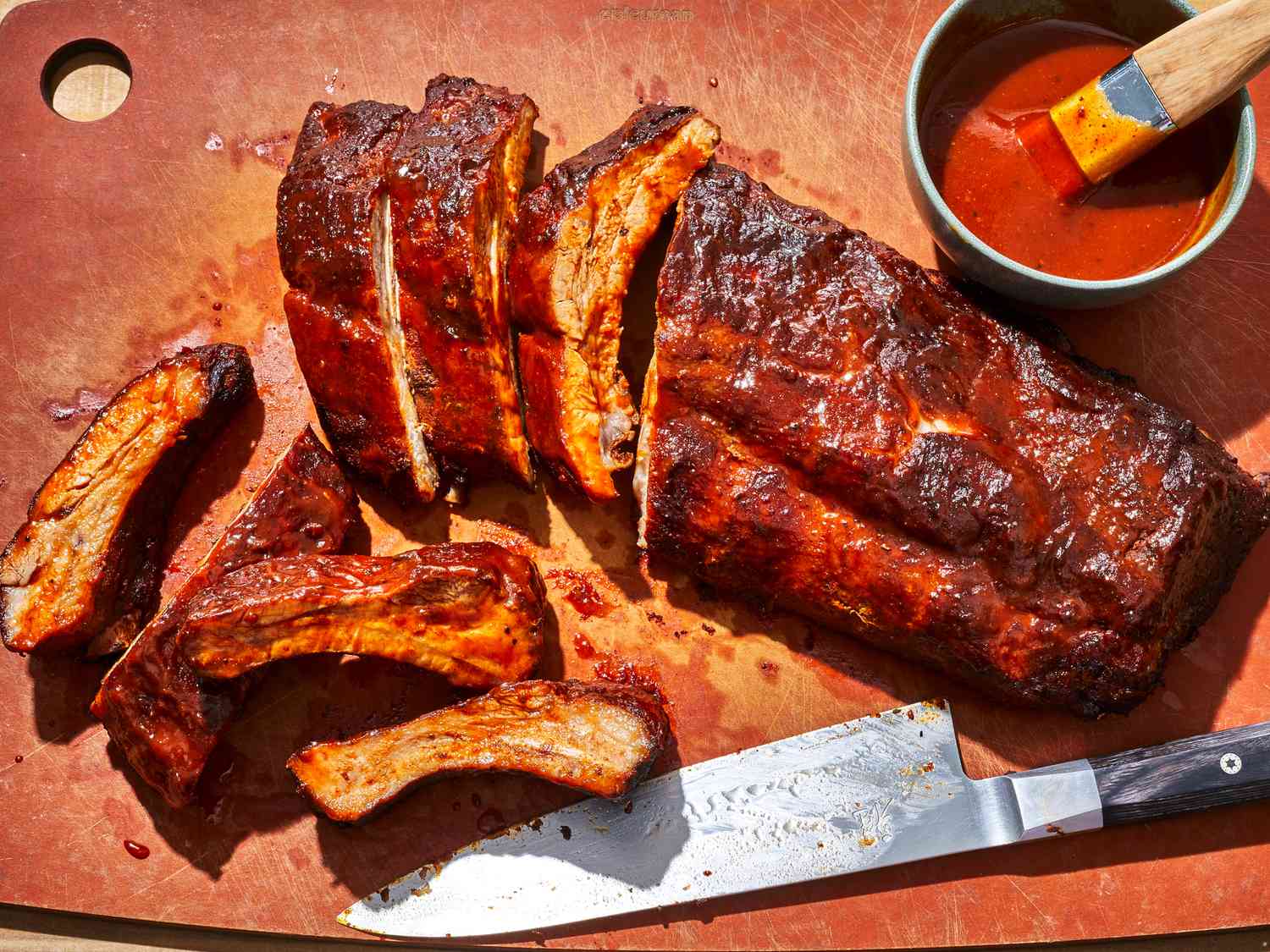
“Discover the finger-licking delight of baby back ribs! Juicy, tender, and packed with flavor, these succulent pork ribs are a barbecue favorite. Learn about the origins, cooking techniques, and mouthwatering recipes that will have you craving this classic American dish. Get ready to sink your teeth into the ultimate BBQ experience!”
Spare Ribs vs Baby Back Ribs: Cook Time, Flavor, Cost, and More
Pork ribs are a popular choice for smoking among beginners. The two most common types of pork ribs are spare ribs and baby back ribs, which differ in terms of their cook time, flavor, cost, and more. Baby back ribs come from the upper portion of the rib cage and are smaller in size compared to spare ribs. They are also called “loin back” ribs because they consist of loin meat on a bone. A typical rack of baby back ribs includes 10-13 curved rib bones. On the other hand, spare ribs come from the bottom of the rib cage or the underbelly of the hog. They tend to be more meaty and less tender than baby back ribs due to their extra fat content. Spare ribs also require longer smoking time to break down the collagen.
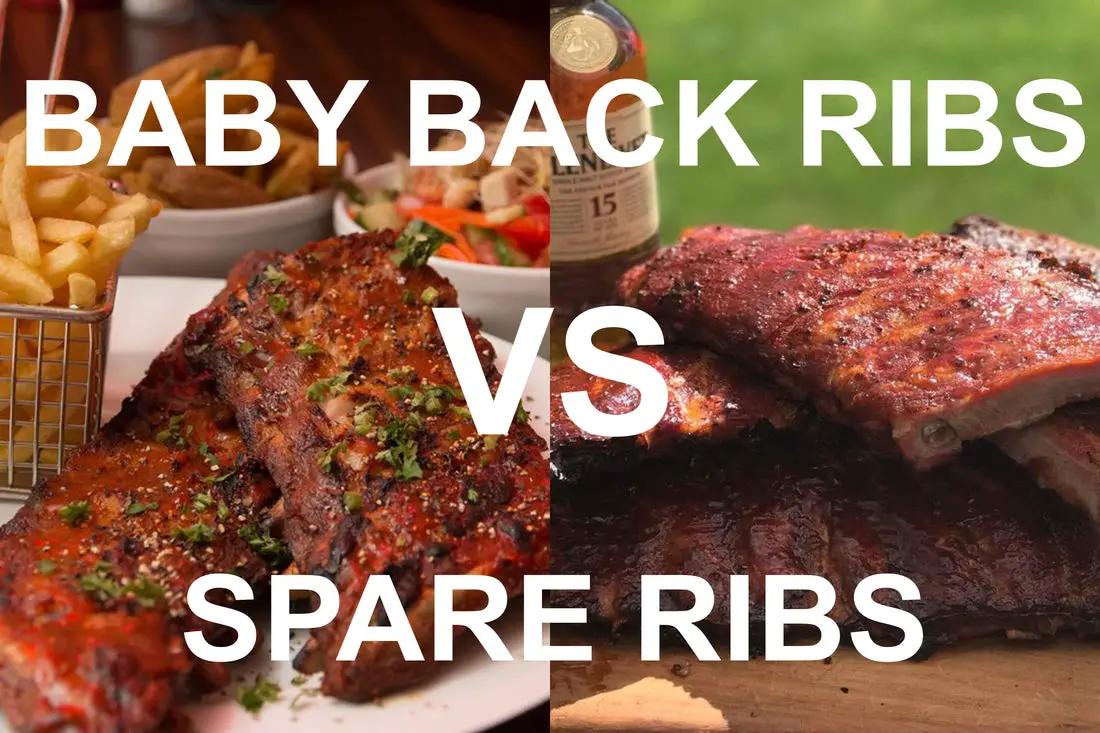
The cost of pork ribs can vary depending on factors such as weight and marketing. Loin ribs, which contain loin meat that is tender but less flavorful than spares, generally cost more per pound due to their popularity. Meanwhile, whole spare ribs that have not been trimmed (referred to as St. Louis cut) cost less per pound compared to St. Louis cut spares which include additional trimming and contain less meat.
Spare Ribs vs Baby Back Ribs
Pork ribs come in two popular cuts: spare ribs and baby back ribs. Spare ribs are taken from the underbelly of the hog and tend to be more meaty, less tender, and have more flavor due to their higher fat content. Baby back ribs, on the other hand, are taken from the upper portion of the rib cage and are smaller in size compared to spare ribs. They are also known as “loin back” ribs because they consist of loin meat on a bone.
When choosing spare ribs, it is important to look for visible fat marbling throughout the rack for even flavor distribution. A traditional slab of spareribs contains 11+ curved bones and weighs between 3.5 to 5 lbs+. On the other hand, baby back ribs contain less meat and fat, making them more tender. Most slabs are sold in vacuum packages, which may have a liquid at the bottom that should be discarded.
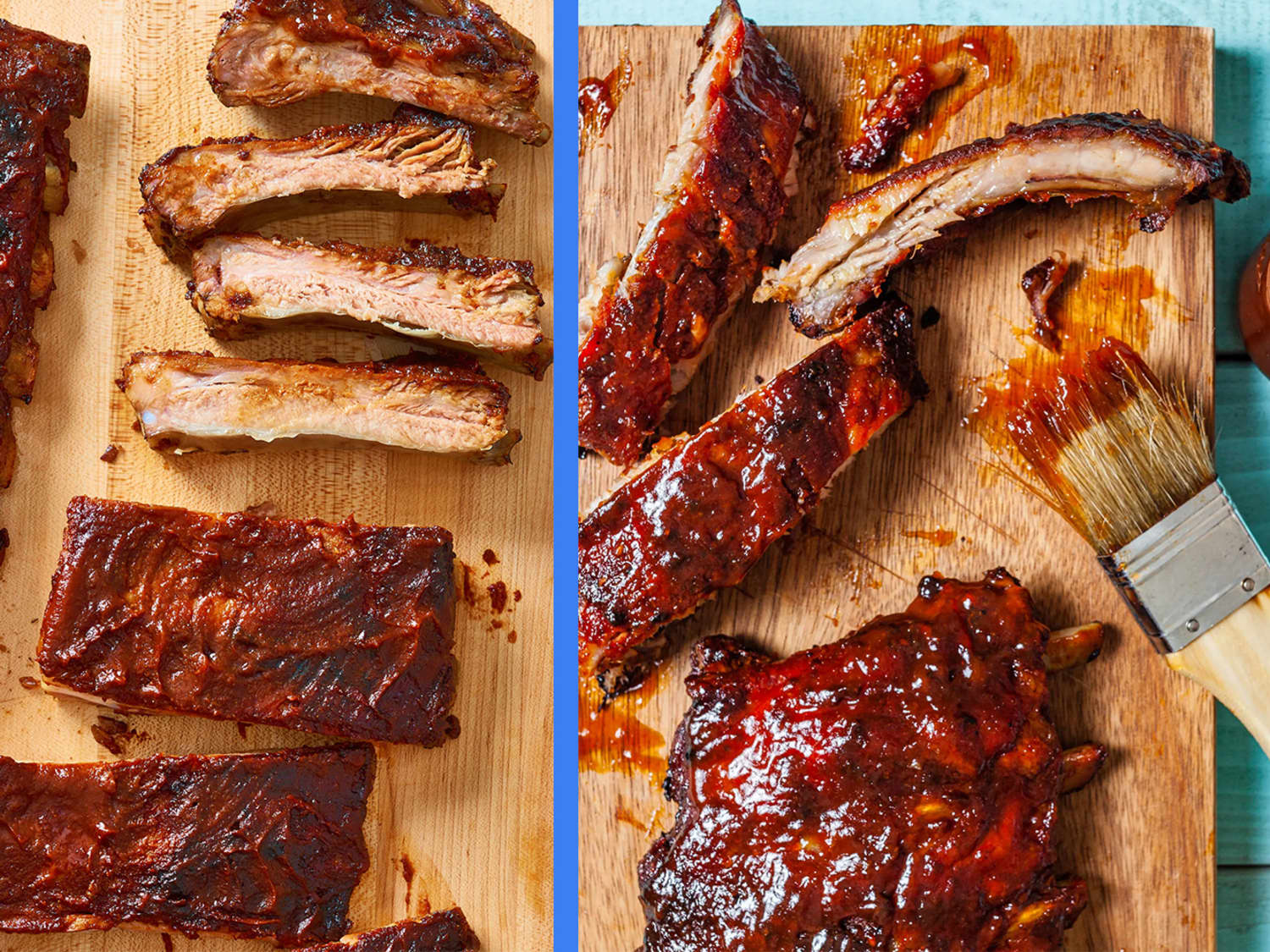
Preparation for both types of ribs is similar, but spares require additional effort if you opt for a St. Louis cut, which removes the skirt, brisket bone, and flap meat to create a uniform rack shape. It is important to trim any large fat deposits or scraggly pieces of meat that may not render or burn during cooking. When selecting either type of rib, avoid “shiners” (meat cut too close to the bone), discolored or dried-out edges, and look for even fat marbling.
Pork Baby Back Ribs
Baby back ribs are taken from the upper portion of the rib cage, where the rib and spine meet. They are essentially what remains after the butcher removes the pork loin. These ribs are also known as “loin back” ribs because they are loin meat on a bone. A typical rack of baby back ribs will include 10-13 curved rib bones. They are smaller in size compared to spare ribs and tend to be more tender.
When choosing pork baby back ribs, it is important to look for even thickness throughout the rack and even fat marbling. Avoid racks with less than 10 ribs, as they may be considered “cheater” racks. It is recommended to select racks with uniform bones and minimal bone curvature. While these factors may matter to BBQ judges, your family and friends will primarily care about how good they taste.
To prepare pork baby back ribs for smoking or cooking, start by removing the meat from its packaging and patting it dry with a paper towel. Next, remove the sinew membrane from the back of the rack. Trimming any large fat deposits or scraggly pieces of meat that may not render or burn is optional but can improve the overall appearance and texture of the ribs.
Spare Ribs
Spare ribs are taken from the bottom of the ribs or the underbelly of the hog. They extend around the belly and connect to the sternum. In general, spares are more meaty, less tender, and tend to have more flavor due to the extra fat content. They require a longer smoking time to break down the collagen in their connective tissues. A popular method for cooking spare ribs is the 3-2-1 method, which involves smoking them for 3 hours, wrapping them in foil with liquid for 2 hours, and then unwrapping them and glazing them with sauce for 1 hour.
When choosing spare ribs, look for visible fat marbling throughout the rack. This even fat marbling results in evenly flavored meat. Avoid ribs that have been cut too close to the bone (known as “shiners”) as these may fall out during smoking. Also avoid ribs that are discolored or have dried-out edges. Look for racks with minimal bone curvature and uniform size on both ends. While uniformity may matter more to BBQ judges, your family and friends will only care about how it tastes.
To prepare spare ribs, start by removing them from their packaging and patting them dry with a paper towel. Next, remove the sinew membrane from the back of the rack using a knife or your fingers. This membrane can be tough when cooked and removing it allows flavors to penetrate better into the meat. You can also choose to trim any large fat deposits or scraggly pieces of meat that may not render or burn during smoking.
Remember that spare ribs can be sold either as whole untrimmed slabs or as a St. Louis cut, which removes certain parts like the sternum (breast bone), costal (rib) cartilage, and flap meat. The St. Louis cut results in a rack that is uniform in shape and easier to smoke and eat.

St. Louis Cut Ribs
St. Louis cut ribs refer to a style of trimming spare ribs. This cut removes the sternum, costal cartilage, and flap in order to square the rack. The result is a uniform shape that makes it easier to both smoke and eat. St. Louis cut ribs are popular among BBQ enthusiasts and are sold as either whole untrimmed slabs or pre-trimmed racks.
When selecting St. Louis cut ribs, it’s important to look for visible fat marbling throughout the rack. This even fat distribution contributes to evenly flavored meat. A traditional slab of St. Louis cut ribs consists of 11 or more ribs, including the brisket bone. It is recommended to choose a rack with minimal bone curvature for easier cooking and serving.
To prepare St. Louis cut ribs, start by removing the meat from its packaging and patting it dry with a paper towel. Next, decide whether you want to further trim the rack for a more squared shape or purchase pre-trimmed racks from a grocery store. If opting for further trimming, remove the sinew membrane from the back of the rack using a knife or your fingers.
The cooking process for St. Louis cut ribs can vary depending on individual preferences and recipes used. However, after preparing the ribs, they can be seasoned with spices or marinades of choice before being smoked or grilled to perfection.
Overall, St. Louis cut ribs offer a more uniform shape and easier preparation compared to untrimmed spare ribs, making them a popular choice among BBQ enthusiasts looking for flavorful and well-presented pork ribs.
How to Choose Pork Ribs
When choosing pork ribs, there are a few factors to consider. First, look for ribs with even fat marbling throughout the rack. This will result in evenly flavored meat. Avoid ribs with isolated fat pockets or large fat deposits.
Next, pay attention to the appearance of the ribs. Avoid “shiners,” which are cuts too close to the bone and may fall out during the smoking process. Discard any ribs that are discolored or have dried-out edges.
Lastly, consider your preference for meat tenderness and flavor. Baby back ribs contain less meat and fat, but they are more tender. Spare ribs are meatier, less tender, and have more flavor due to their higher fat content.
What is a “Slab” of Ribs?
A “slab” of ribs refers to a whole rack of ribs that has not been cut into individual pieces. It is essentially the entire section of ribs from a single animal, typically pork or beef. The term “slab” is used to describe the shape and size of the rack, which is long and flat. A slab of ribs can vary in weight and size depending on factors such as the breed and age of the animal. It usually consists of multiple bones, connected by meat and fat, that can be separated into individual servings for cooking or smoking.
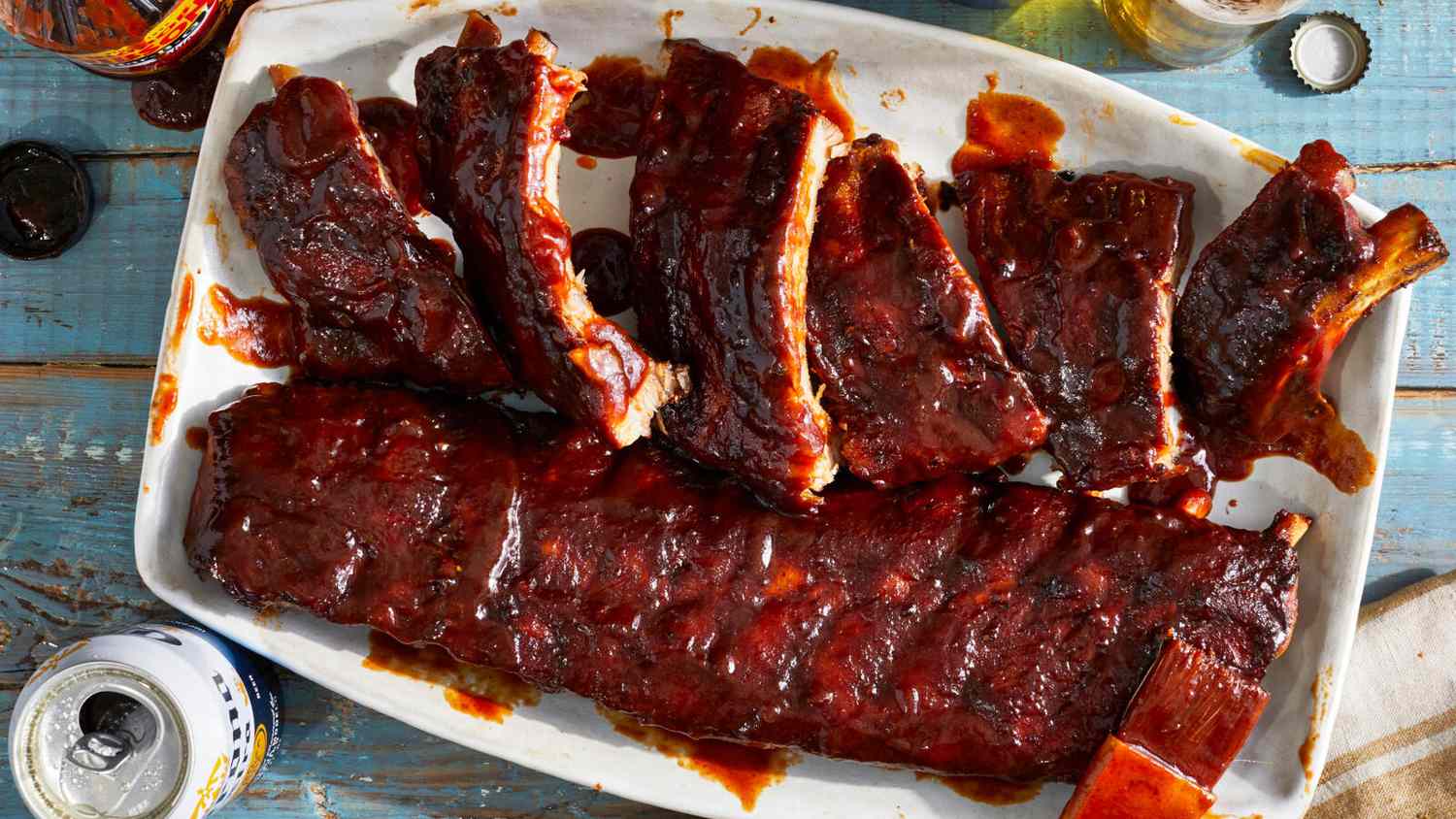
Size and Weight of Ribs
Pork ribs typically have 15-16 rib bones in a rack, but during the butchering process, 2-3 bones are left in the shoulder and smaller bones may be removed. In a grocery store, you can expect to see at least 10 to 13 bones in a slab. The size and weight of a slab depend on factors like the age and size of the pig. Older hogs tend to have larger, heavier slabs.
Enhanced ribs, which are commonly found in grocery stores, have been injected with a solution of water and other ingredients like salt, phosphates, and flavorings. These ribs can taste very salty if rubbed with a salt-based rub. It is recommended to avoid enhanced meat and opt for fresh ribs instead.
Loin ribs, also known as baby back ribs, tend to cost more per pound compared to spare ribs. This is largely due to marketing efforts that have made loin ribs more popular among consumers. Spare ribs are more popular among barbecue enthusiasts because they contain more fat and tend to be more flavorful.
When choosing spare ribs, look for visible fat marbling throughout the rack. This even fat marbling results in evenly flavored meat. A traditional slab of spareribs consists of 11+ ribs as well as the brisket bone. Look for racks with even thickness and avoid large fat deposits or scraggly pieces of meat that may not render or burn.
Baby back ribs contain less meat and fat compared to spare ribs but are more tender. Look for even thickness throughout the rack and even fat marbling rather than isolated pockets.
Avoid “Enhanced” Ribs
When choosing pork ribs, it is important to avoid “enhanced” ribs. These are ribs that have been injected with a solution of water and other ingredients like salt, phosphates, and flavorings. While this may sound appealing, it can actually result in a rib that tastes overly salty when combined with a salt-based rub. It is best to opt for fresh ribs that have never been enhanced or frozen.
Another factor to consider when choosing pork ribs is to avoid those with “shiners.” These are ribs where the meat has been cut too close to the bone, resulting in exposed bone that can create a less desirable texture and appearance. While these shiners may fall out during the smoking process, it is best to choose ribs without any visible shiners.
When selecting pork ribs, it is important to avoid those that appear discolored or have dried-out edges. This can be an indication of old or improperly stored meat. Instead, look for ribs that have a fresh and vibrant color throughout the meat.
When choosing pork ribs, it is also recommended to avoid those with large fat deposits. While some fat marbling is desirable for flavor and moisture, large deposits of fat can result in uneven cooking and potentially greasy ribs. Look for even fat marbling throughout the rack rather than isolated pockets of fat.
Cost of Ribs
The cost of pork ribs can vary depending on the type and cut. Generally, baby back ribs tend to be more expensive than spare ribs. This is because baby back ribs are smaller and more tender, making them a popular choice for grilling. On the other hand, spare ribs are larger and have more fat, which can result in a richer flavor. However, it’s important to note that the cost of ribs can also depend on factors such as the supplier, weight, and whether they are enhanced or unenhanced.
When it comes to purchasing pork ribs, you may find different options in terms of weight and cut. Whole spareribs are typically less expensive per pound compared to St. Louis cut ribs. St. Louis cut ribs involve additional trimming and may contain less meat, which could result in some waste. Additionally, loin ribs are generally more expensive than spare ribs due to their marketing appeal and the fact that they contain loin meat, which is known for its tenderness.
What to Look for in Spareribs
When choosing spareribs, it’s important to look for visible fat marbling throughout the rack. This is necessary because evenly marbled fat results in evenly flavored meat. Avoid ribs that have large fat deposits or isolated pockets of fat. Additionally, steer clear of ribs that are discolored and have dried-out edges, as this may indicate poor quality or improper storage. It’s also best to avoid ribs that have been cut too close to the bone, as these “shiners” may fall out during the smoking process.
What to Look for in Loin Ribs
When choosing loin ribs, there are a few factors to consider. First, look for even thickness throughout the rack. This ensures that the ribs will cook evenly and result in a uniform texture.
In addition to thickness, pay attention to the fat marbling in the meat. Even fat distribution throughout the rack will lead to evenly flavored meat. Avoid ribs with isolated fat pockets, as they may result in uneven cooking and flavor.
Lastly, avoid “shiners,” which are ribs that have been cut too close to the bone. These may fall out during the smoking process and result in less meat on the rack. Also, steer clear of ribs that are discolored or have dried-out edges, as these may indicate lower quality.
What is the “Purge”?
The “purge” refers to the liquid that is present at the bottom of a vacuum-sealed package of meat, such as baby back ribs or spare ribs. This liquid is a combination of water and meat proteins that drain from the meat during the packaging process. It may also contain bacteria that are present in raw meat.
When handling the packaging that contains the purge, it is important to exercise caution and treat it with the same care as raw meat. It is advised not to pour the purge into the sink or rinse the raw meat. Instead, it is recommended to throw away the packaging with the purge and pat-dry the meat before further preparation.
When you remove baby back ribs or spare ribs from their vacuum-sealed packaging, you may notice a smell. This smell is normal and is a result of using cryovac packaging. It does not indicate that the meat is spoiled. As soon as the meat is exposed to oxygen, its color will return and any lingering smell should dissipate within 10-15 minutes.
The Meat Smells When Removing it from the Packaging
When you remove the pork ribs from their packaging, you may notice a distinct smell. This smell is normal and is a result of the cryovac packaging that the ribs are stored in. The meat has been vacuum-sealed, which can cause a buildup of liquid at the bottom of the package. This liquid is a combination of water and meat proteins that drain from the meat.
It’s important to note that this liquid can also contain bacteria from the raw meat. Therefore, it’s recommended that you handle the packaging with care, treating it as if it were raw meat. It’s advised not to pour the liquid down the sink or rinse the raw meat. Instead, discard the packaging and pat-dry the meat with paper towels.
As soon as the meat is exposed to oxygen, its color will return and any lingering smell should dissipate within 10-15 minutes. If, however, you notice that the smell continues to linger or worsen, this may indicate that the meat has spoiled and should be discarded.
Rib Preparation
Before cooking your ribs, it’s important to properly prepare them. Start by removing the meat from its packaging and patting it dry with a paper towel. Do not rinse the meat or pour any liquid down the drain, as this can spread bacteria.
Next, remove the membrane from the back of the rack. This can be done by gently sliding a knife under one corner of the membrane and then using your fingers to peel it off. Removing the membrane will help your rub and smoke penetrate the meat better.
If you are cooking spare ribs and prefer a St. Louis cut, you can trim off any excess fat or scraggly pieces of meat that may not render or burn during cooking. This will result in a more uniform rack that is easier to smoke and eat.
How to Prepare Baby Back Ribs

Preparing baby back ribs for smoking involves a few simple steps. First, remove the rack of ribs from the packaging and pat both sides dry with a paper towel. Next, remove the sinew membrane from the back of the rack by using a knife or your fingers to loosen it and then pulling it off. This will help the smoke and flavors penetrate the meat more effectively.
If desired, you can trim any large fat deposits or scraggly pieces of meat that may not render or burn during smoking. This can help create a more uniform appearance and texture in your final dish.
Once you have prepared the baby back ribs, they are ready to be seasoned with your choice of rubs or marinades. Allow them to sit for a few minutes to let the flavors penetrate before placing them on your smoker or grill.
How to Prepare Spare Ribs
To prepare spare ribs, start by removing the meat from the packaging and patting dry both sides of the rack with a paper towel. Next, you can choose to trim the meat to a St. Louis cut if desired. This involves removing the skirt, brisket bone, and flap meat to create a more uniform rack shape.
After trimming (or if you decide not to trim), you should remove the sinew membrane from the back of the rack. This can be done by gently loosening one corner of the membrane with a butter knife or your fingers, then grabbing it with a paper towel and pulling it off in one smooth motion.
Once the ribs are prepared, you can proceed with your chosen cooking method or rub seasoning onto both sides of the rack for added flavor. Whether you choose to smoke, grill, or bake your spare ribs, ensure they are cooked thoroughly and reach an internal temperature of at least 145°F (63°C) for safe consumption.
Final Thoughts
When it comes to choosing between spare ribs and baby back ribs, there are several factors to consider. Cook time, flavor, cost, and more all play a role in deciding which type of rib is best for you.
Baby back ribs are smaller and come from the upper portion of the rib cage. They are taken from the area where the rib and spine meet and are essentially what remains after the pork loin is removed. Baby back ribs tend to be more tender and contain less fat than spare ribs. They are also known as “loin back” ribs because they are loin meat on a bone.
Spare ribs, on the other hand, come from the bottom of the rib cage or underbelly of the hog. They extend around the belly and connect to the sternum. Spare ribs tend to be meatier, less tender, and have more flavor due to their higher fat content. They require longer cooking times to break down collagen and become tender.
In terms of cost, baby back ribs are generally more expensive than spare ribs due to their popularity and marketing. However, spareribs are favored among BBQ enthusiasts for their flavor and higher fat content.
Ultimately, whether you choose baby back ribs or spare ribs depends on your personal preferences when it comes to taste, tenderness, and cost.
In conclusion, baby back ribs are a popular and delicious cut of pork that come from the upper back area of a pig. They are known for their tender meat, rich flavor, and the presence of small bones. Whether enjoyed at a barbecue or in a restaurant, these ribs make for a mouthwatering and satisfying meal.
Learn More About Grilling
If you want to learn more about grilling, check out these other helpful resources!

